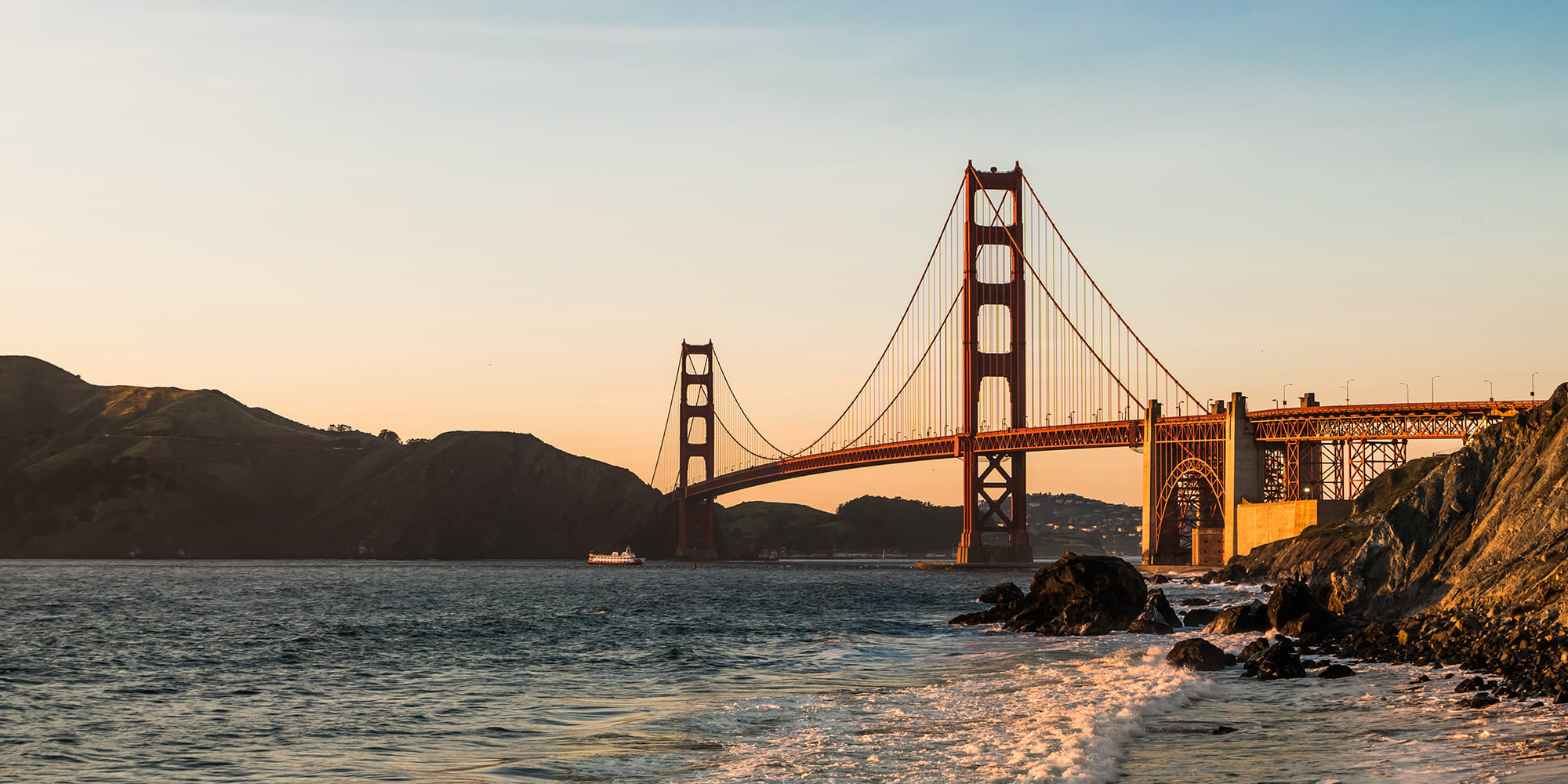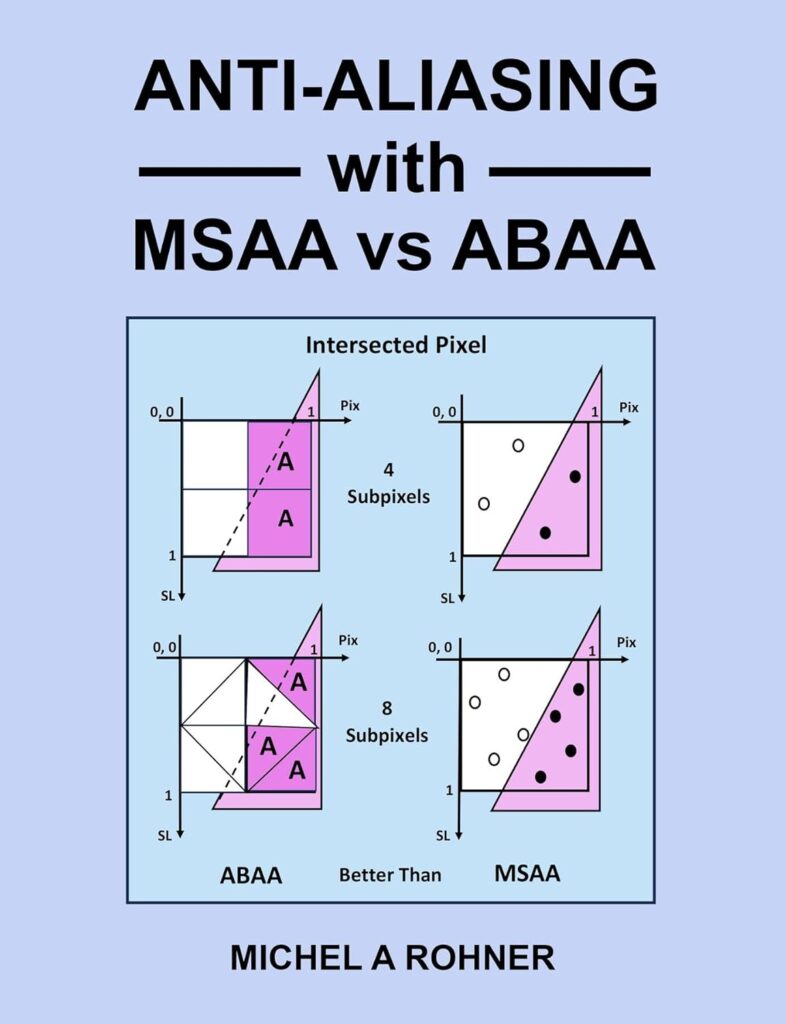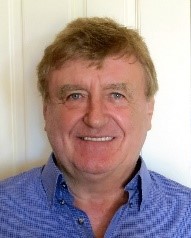
Anti-Aliasing Books
In these books, Michel A Rohner describes the aliasing problem and the available solutions. Single point sampling and MSAA are analyzed with many examples
Then, he introduces a new approach, Area-Based Anti-Aliasing (ABAA), that he invented. ABAA is compared with MSAA.
ABAA is the best solution for anti-aliasing. It is faster and produces better images, while being lower cost and lower power.
Finally, a Set of Books and the Best Solution for Anti-Aliasing
There are 3 versions of the book.
- “New Area-Based Anti-Aliasing in CGI”, Michel A. Rohner, (original version).
This version contains more detailed analysis and descriptions of Anti-Aliasing, for developers and those interested in more technical depth. It also shows how the ABAA algorithm can be expanded from 4 and 8 Subpixels to 16 and 32 Subpixels. - “Anti-Aliasing with MSAA vs ABAA”, Michel A. Rohner (compact version).
This version contains the same subjects but with less analysis details. This should make it more accessible for most readers. - “Introduction to Area-Based Anti-Aliasing for CGI”, Michel A. Rohner, (short version).
This version is a brief version, intended for a wide range of readers.
These books are available at Amazon, Walmart and Barnes and Noble.

194 Pages

272 Pages

351 Pages
About The Author

Michel Alexandre Rohner has many years of experience designing fast RT CGI systems with anti-aliasing. In these books, he reviews the current approaches to Anti-Aliasing. Then he introduces a new approach that he invented, Area-Based Anti-Aliasing (ABAA). Using analysis and simulation with 4 & 8 subpixels, he shows that ABAA is vastly superior to MSAA, at lower cost.
The ABAA implementation described in these books is patent pending,
Why ABAA should be the preferred approach to Anti-Aliasing?
MSAA has been around for 40 years as the preferred anti-aliasing solution. Several approaches have been proposed to solve the main problems. They compute the image with fixed point followed with image postprocessing. This is done at the expense of image quality.
Michel A Rohner invented the ABAA solution that solves the main problems with MSAA and other anti-aliasing improvements.
- How to efficiently and accurately detect the covered subpixels.
- How to implement Anti-Aliasing without speed (and cost) penalty.
- How to have equal steps as edges move across pixels.
- How to solve “narrow face breakup” and small faces “popping in-and-out of scenes”.
Instead of sampling Subpixel points inside of a pixel, ABAA quickly detects the area that is partially covered by polygons within a pixel. It then assigns this area to Subpixel Areas. Unlike MSAA, ABAA does not require multiple image computations. With ABAA, the covered area can be evaluated with only one measurement.
Most of the ABAA implementation occurs in the last steps of rendering, where the pixel generation require very fast processing. The ABAA implementation is faster, less costly and uses less power.
An analogic comparison can be used to illustrate the comparison. For example, consider how to move between 2 points A and B in New York city. With MSAA, you use a car and travel through 8 intersections from Point A to Point B. With ABAA, you use the subway and travel non-stop from Point A to Point B.
Because of its efficiency, simplicity and lower cost, ABAA will be widely accepted.
Early 3D Graphics CGI Systems
CGI was pioneered in the late 1960s by David C. Evans and Ivan Sutherland (E&S) at the University of Utah. Many of the early CGI contributors also came from the University of Utah. Among them were Jim Clark (founder of Silicon Graphics and co-founder of Netscape), Ed Catmull (co-founder of Pixar), John Warnock of Adobe, Scott P. Hunter of Oracle, Franklin C. Crow and Jim Blinn. In 1968, Dave Evans and Ivan Sutherland founded the first computer graphics HW company, Evans & Sutherland (E&S).
Point Sampling and Area Sampling
In the 1970s, many algorithms were developed for 3D graphics, using a Z-Buffer (or Depth Buffer) approach and single point sampling.
At the same time, there was a need for fast real-time solutions used in flight simulators for the US military and NASA. Because the memory chip density was not large enough to store a whole image, the approach was to use Scanline Computers (SLC). In this approach images were processed one SL at a time and stored in SL temporary buffers. One of the main requirements of these RT CGI systems was “Speed” and “Anti-Aliasing” (also referred to as “edge smoothing”). Aliasing Artifacts were not tolerated and were considered as negative training. Michel A Rohner, from Link Flight Simulation in Sunnyvale CA, was one of the main designers of the Link DIG RT CGI system that was used in the Shuttle Mission Simulator (SMS). Four Link DIGs were delivered to NASA in Houston to train all the Space Shuttle astronauts in the SMS. These early DIG systems could display 240k anti-aliased triangles per sec, at a cost of around $2M per system. The anti-aliasing solution used in the DIGs consisted of 2 types of edge transitions within a pixel:
4 vertical transitions or 4 horizontal transitions (4+4). This was an early implementation of area-based anti-aliasing. What is not commonly known is that the designers of these fast RT CGI systems needed a security clearance to work on these systems, and were prevented from publishing details about these application specific computer systems.
At that time, the 3D CGI industry used the fastest computers, like the Cray-1 supercomputer, to compute beautiful 3D images for TV ads and movies, using single point or multi point sampling. On the other hand, there were only 3 companies (E&S, GE and Link) that could design the fastest RT CGI systems with anti-aliasing. These systems were used in flight simulators for training US military pilots and NASA astronauts.
Later in the 1990s, video graphics adapters with 3D appeared for the IBM PC market. Oak Technology was the 1st company that produced a video graphics adapter (Warp5) with anti-aliasing as the default mode. M. A. Rohner was one of the Warp5 contributors. Although the Warp5 had good reviews and received some awards, most PC users preferred the fastest adapters for business applications and were not ready for anti-aliasing. At around 2000, video game users became aware of the distracting aliasing artifacts caused by using only 1 sample point per pixel. The immediate approach was to use higher image resolution or super sampling, resulting in increased system cost.
ABAA Uses a New Math Approach
In 2019, M A Rohner published a book about a new math approach to 3D graphics: “New Fixed-Point Math for Logic Design”. This new math approach solves many nagging problems in 3D graphics and is at the root of the new ABAA solution. Some of the features of this new math approach are:
– Use “averaging” instead of “rounding” to convert fractional numbers into fixed-point numbers.
– For color and texture sampling, use the sample point at the center instead of the top-left corner of pixels.
– Redefine the way edges intersect pixels, using horizontal (HE) and vertical {VE} edges with slope magnitude <= 1.0.
– Improve speed of computations using fixed-point instead of floating-point in hardware (ASIC) implementations.
– Eliminate corner cases.
Advantages of Area-Based Anti-Aliasing
During the years working on RT CGI systems, M A Rohner experimented with different approaches for anti-aliasing. Lately, he came up with the ultimate area-based anti-aliasing solution.
- Better Image Quality, with less Subpixel samples when compared to MSAA.
- Beside removing stairsteps, ABAA is also the best at handling marrow face breakup.
- Produce equal steps as edges move cross pixels.
- Edge orientation independent.
- Intersected pixels and area measurement are executed in 1 quick step.
- Proposed implementations can be scaled to 4 and 8 Subpixels, and even 16 and 32 subpixels.
- Simpler implementation, lower power and lower system cost.
Michel expects that this new approach will be widely accepted for new product development. It should result in improved image quality and lower cost for future 3D graphics adapters and 3D RT CGI systems. With ABAA, the future video adapters will be better and cheaper.
Conclusion
Since ABAA4 and ABAA8 require only one frame processing and no post processing, they are almost as fast a 1 sample per pixel. ABAA is the fastest anti-aliasing approach and is ideal for RT CGI. Because of its efficiency, simplicity and lower cost, the ABAA solution should be widely accepted